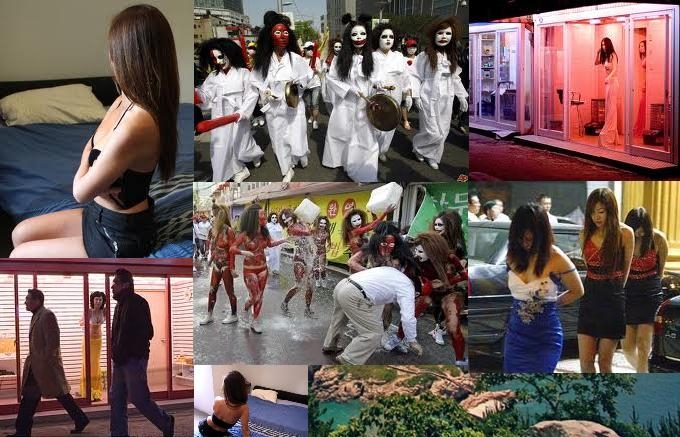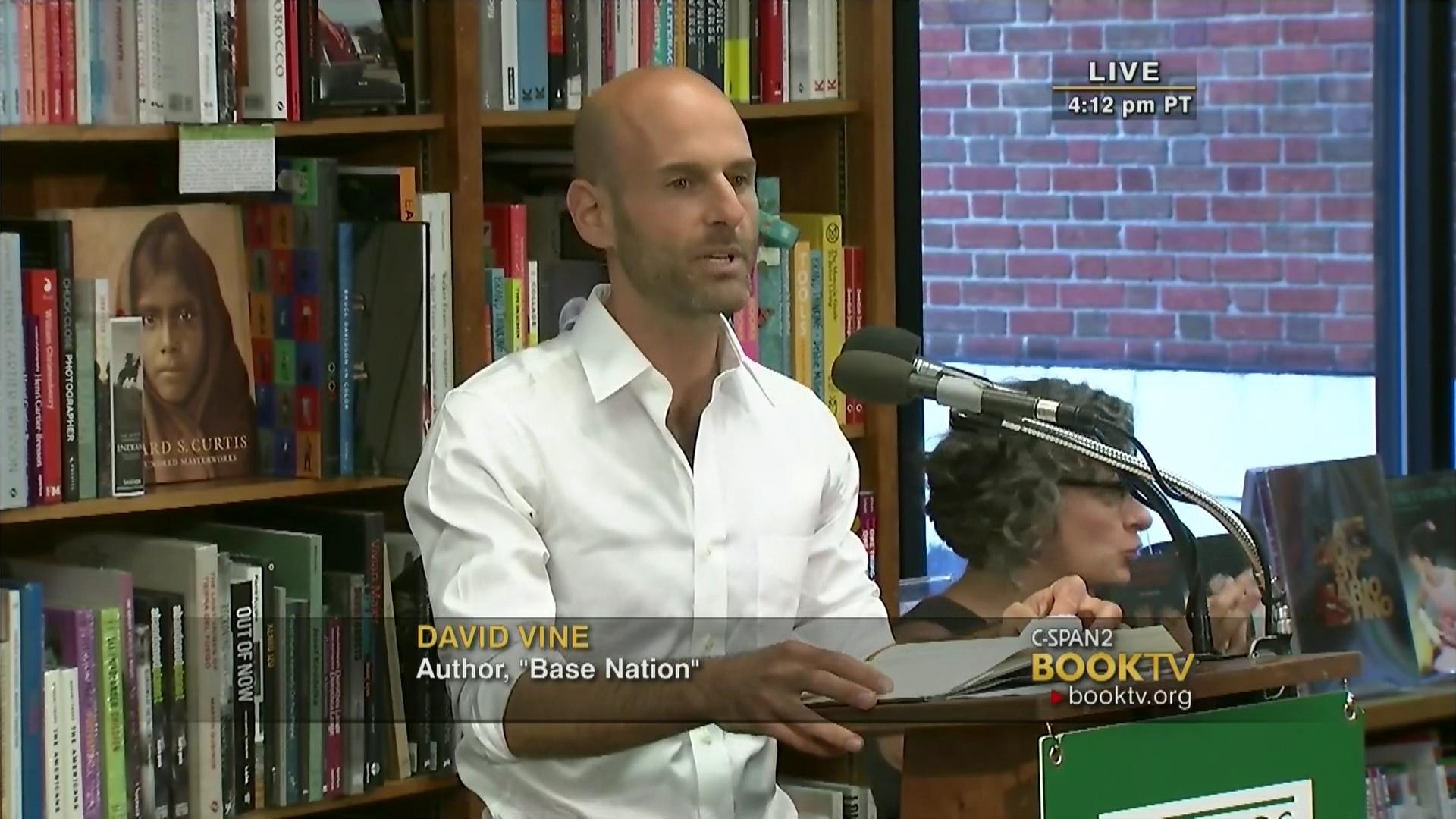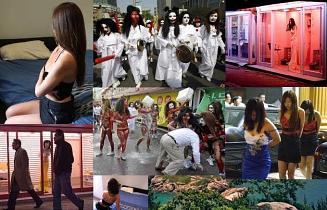What Was The Involvement Of South Korean government In Comfort Women?
The United States has the most number of military bases overseas, with over 700 bases in 58 countries and territories, and a total of almost 200,000 US troops deployed in them (for year 2016.) In South Korea, the US troops entered from 1945-1948 as a transition government overseeing the departure of the Japanese rule after Japan’s defeat in World War ll. At its peak, 77,000 GIs were deployed in Seoul.
By 1949, after the United Nations officially recognized the Republic of Korea as the legitimate government, the Americans left, leaving behind only 500 men. North Korea, angered by the UN decision, attacked the South, and President Truman sent the military back to the ROK to fight against the communist North Korea. The Korean War lasted from 1950-1953 and during this period, there were 326,863 US forces in South Korea. The number gradually dwindled and by 2006, it reached its lowest (except for 2017) at 28,500 men and remained at that level.
US troops and the South Korean comfort women
The US military assistance is crucial for the donor and the recipient. America’s motive is not totally altruistic, even if that’s what it wants to portray. By making South Korea feel indebted to it for its national security, the United States preserves its Asian dominance and maintain its economic and political interests. The villages surrounding these bases thrive, too. They are known as camptowns. Fast-food outlets, convenience stores, and restaurants catering to the American taste pop up. The number of bars and nightclubs swell, and along with them, prostitution became a major industry in the camptowns.
During the American occupation of the ROK in 1945-1948, the US military temporarily took over the running of the government. The south end of the Korean peninsula was in total wreck because the industrial facilities and essential resources such as power and coal were in the north. Population soared as Koreans who had fled to China, Japan, and Manchuria returned. People were homeless and unemployed.
Despite the sad reality, the ROK government exploited the poverty by comfort stations which the US military took over that the Japanese had left behind and having them converted for their own soldiers’ use. The comfort stations in camptown had been flourishing as South Korean officials encouraged their poor women to be prostitutes. This was illegal in the country but both sides tolerated the sex industry as long as it was confined to the camptowns and the clients were the GIs.
The sordid practice continued after the Korean War armistice and grew even bigger because the number of US servicemen had quadrupled to more than 300,000. Prostitution had become an established industry in the areas surrounding the military bases and was widespread until 1980. Katharine Moon, in her book “Sex Among Allies,” points out that in the ‘60s, 25 percent of the country’s gross domestic product (GDP) came from the dollars the American GIs spent in the camptowns, including paying for the services of the prostitutes.
Proof that there was involvement of especially the ROK government in the prostitution of the South Korean comfort women came from statements of witnesses, parliamentary hearings, and minutes of meetings between US and ROK officers.
David Vine, professor at American University in Washington DC and author of the book Base Nation: How U.S. Military Bases Abroad Harm America and the World, told of his travel to a base in South Korea and interviews with military officials who confirmed the prevalent prostitution that the soldiers availed of. Unlike in military bases in Japan, Germany, and Italy, the men in South Korea could not bring their families along because technically, the war had not ended. Ninety percent of the GIs, married men included, indulged in sex with the camptown’s South Korean comfort women.
In June 2014, the former camptown prostitutes were aided by civic groups and sued the Korean government for compensation. They told the court that the government encouraged them into prostitution and praising them for being dollar-earning patriots. They had lessons in etiquette and English and had medical checkups for sexually transmitted diseases.
Only after they got out of the camptowns did they learn that they were living in “stigmatized twilight zones,” shunned by mainstream society for their immoral lives.
Comments
There are 0 comments on this post















